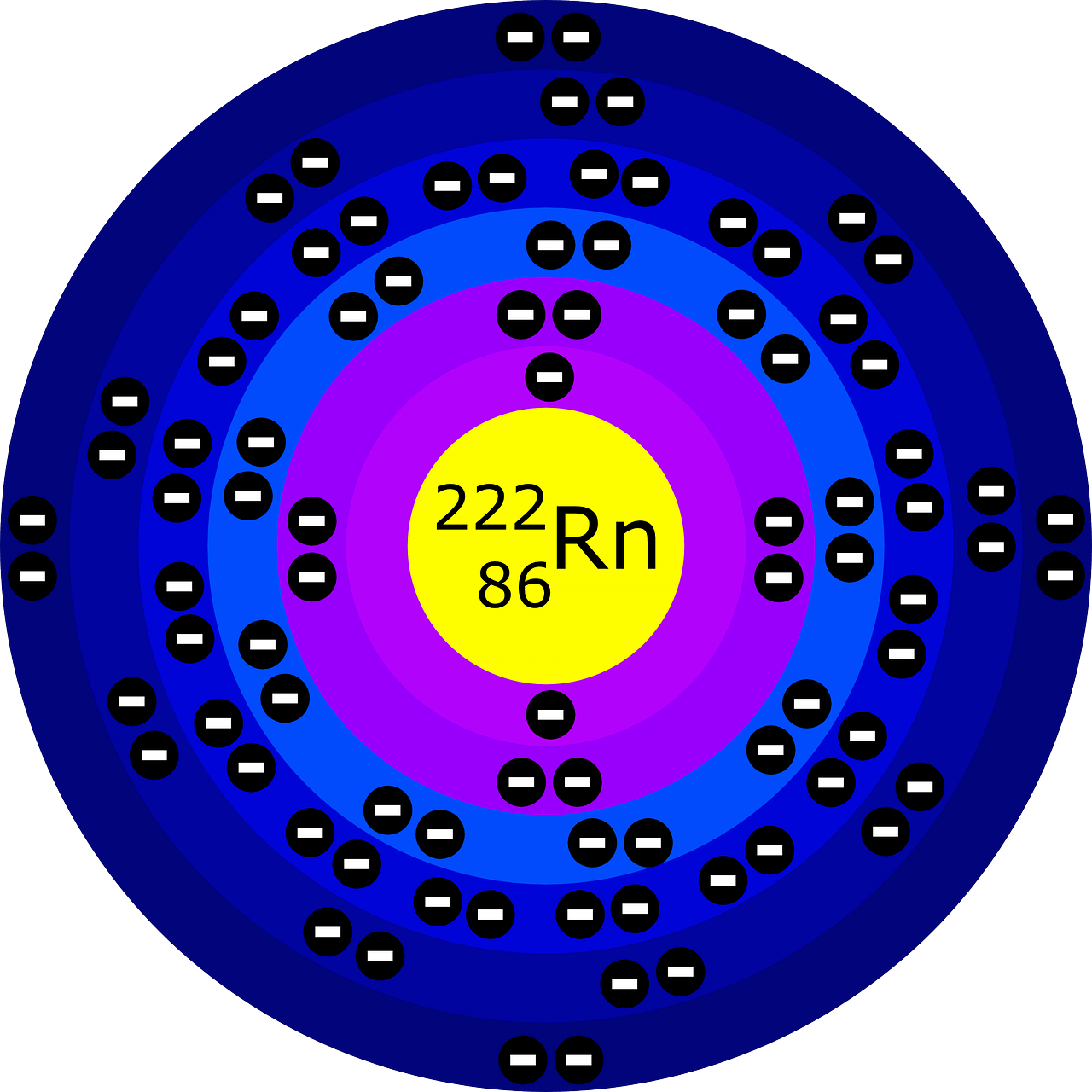What is radon?
Radon is a radioactive gas that can cause cancer. Symptoms of radon exposure do not present themselves immediately. However, radon exposure is the second leading cause of lung cancer in Canada and the United States, according to the Environmental Protection Agency (EPA).
Radon Model
What causes radon gas?
Radon gas is produced during the natural decay of uranium in the soil. Throughout the country, uranium is found naturally in soil and rock. Radon gas is present in the air outdoors but becomes problematic when it is trapped inside homes at higher levels.
How does radon get inside my home?
Uranium could be in the soil surrounding your home. When uranium breaks down to produce radon gas, the gas can enter the home several places. Radon gas enters homes due to the air pressure difference from in your home and outside. The air pressure is typically lower in the home than outside, so the home will essentially suck in air, and the radon gas.
Typically the gas rises from the soil and can enter the home through basements, floors, cracks in foundations, crawl spaces, or unsealed pipes and drains.
How do I know if radon is an issue in my home?
Radon testing can be completed in your home by a professional or yourself.
You may have your home tested by a certified commercial service, since radon cannot be seen, smelled or tasted. Check out the EPA site to find certified professionals qualified to test your home.
Purchasing a home radon test kit is also an option. These kits can be purchased at local hardware stores or through the American Lung Association.
What are the symptoms of radon exposure?
There are several symptoms of radon exposure including, coughing, wheezing, shortness of breath, chest pain, respiratory infections, loss of appetite and more. The only way to know if your symptoms are from radon is to consult a doctor and perform radon testing in your home.
Purchasing a home with radon?
When purchasing a home, most inspectors have the ability to perform radon testing. Buyers need to understand that a short term radon test is performed for an inspection.
Radon levels can change season to season and during different weather patterns. It is important to retest your home every so often to make sure radon levels are low.
If the home tests positive for high levels of radon, radon mitigation can be performed to lower the levels of radon to a safe level. The buyers can do this after they purchase the home, or ask for the seller to make repairs prior to closing.
How to get rid of radon?
Radon mitigation must be performed to remove or lower the levels of radon in your home.
What is radon mitigation?
Radon mitigation is the process of lowering the levels of radon present in the home using ventilation systems.
If radon is detected there are several steps you can take to reduce the levels in your home. You will need to seal any areas the radon may be entering to your home. For example, renovate basement floors, seal cracks in walls, floors, pipes and drains.
Radon mitigation systems are also available for purchase. A professional can be consulted to ensure the correct measures are taken to reduce high levels of radon.
After all repairs and renovations are completed you should test the home again to make sure the levels of radon have decreased.
Resources:
If you have questions, or need further information please view the following resources.
https://www.in.gov/idem/health/2330.htm
For current market information for your Lafayette and West Lafayette communities or a free consultation, contact The Aimee Ness Realty Group Lafayette Indiana. Our team with over 10 years of local experience, has your back to find your dream home, or sell your current home.





Leave a Reply